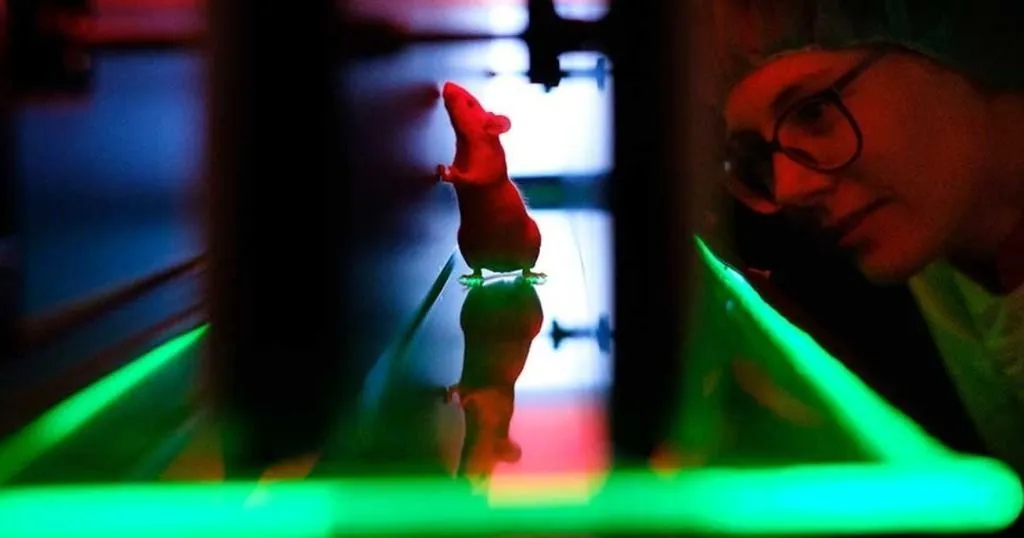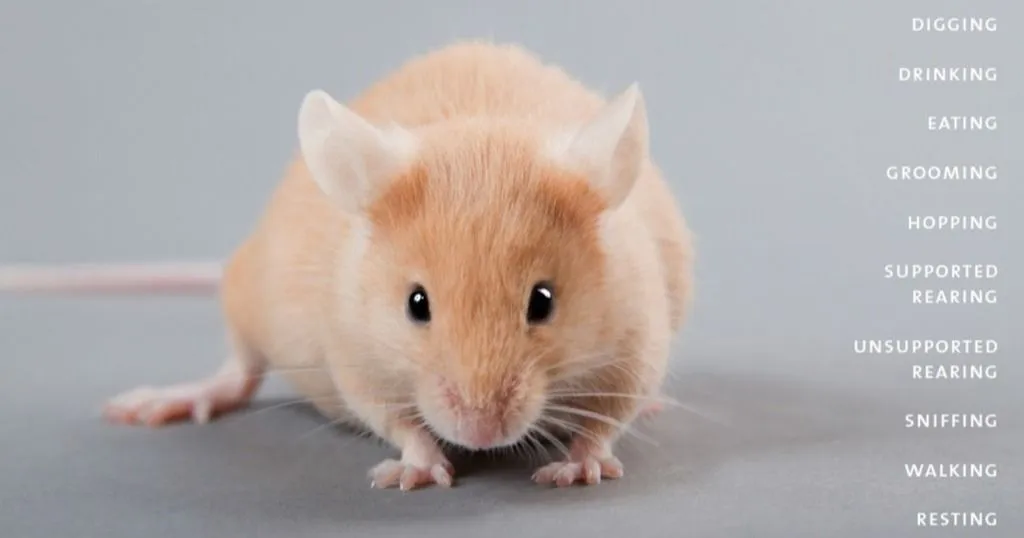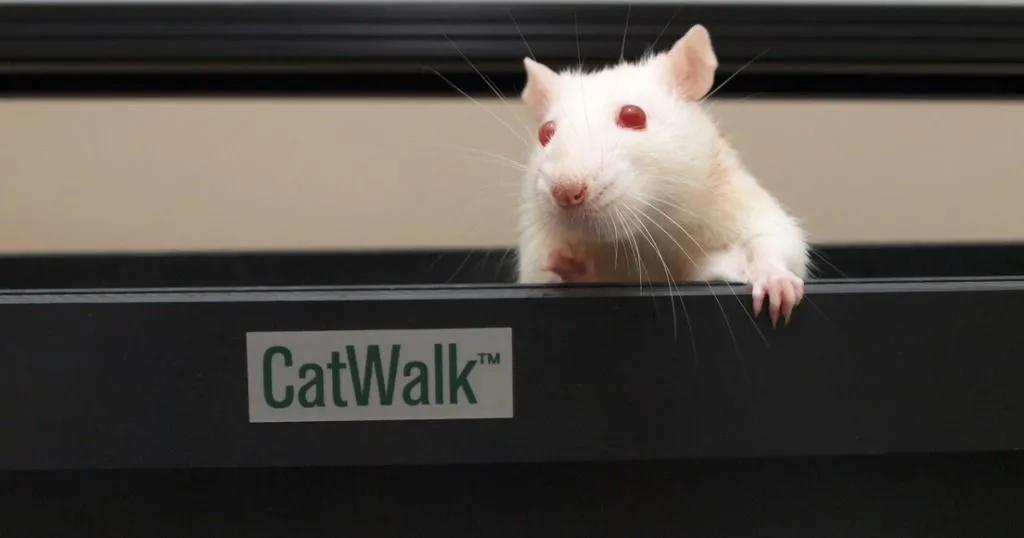Behavioral Research Blog
04 Apr
human behavior research
Psychology
3 Examples of eye tracking lab set-ups
Can you imagine, in the 19th century the study of eye movements for instance was done by means of direct observations? Luckily, nowadays eye tracking can easily be automated.

29 Mar
animal behavior research
Gait and Locomotion
Quantifying locomotion in rats using CatWalk XT
Gait analysis is a powerful tool in evaluating behavioral and physiological changes in clinical and pre-clinical rodent models.

15 Mar
animal behavior research
Other (Animal)
5 EthoVision XT webinars for you to watch
In this blog you’ll find five webinars on EthoVision XT from five different angles. Each webinar will get you more in depth on how to use EthoVision XT in your own study or research.

14 Mar
animal behavior research
Gait and Locomotion
Using CatWalk XT to analyze variations in gait performance in adolescent mice
Rodents are the most common model organisms in biomedical research. Automated gait analysis provides a precise and objective means of analyzing behavioral and physiological changes in rodent models.

25 Feb
human behavior research
Psychology
Designing a behavioral coding scheme to identify complex trauma
In order to contribute to the development of diagnostic tools and a better understanding of the effects of complex trauma, Ana Granados and her team proposed a new coding scheme and tested its validity.

23 Feb
animal behavior research
Alzheimer’s and Parkinson’s
What is the Barnes maze? A dry-land environment for testing learning and memory
The Barnes maze is a behavioral paradigm for testing learning and memory in rodents models for autism spectrum disorder, Alzheimer’s disease and ageing. How does it compare to the Morris water maze?

20 Feb
human behavior research
Other (Human)
6 reasons to go to the Measuring Behavior conference
Not sure if you want to go to MB2022? Read on...

18 Feb
animal behavior research
Other (Animal)
Examples of Animal Behavior Research
Researchers in ethology are interested in understanding all aspects of animal behavior. We have highlighted some great examples of Animal Behavior Research on our Behavioral Research Blog.

14 Feb
human behavior research
Healthcare
What is simulation-based training?
Simulation-based training provides learners with an opportunity to test out different scenarios to see what works and to understand how they arrived at the right and wrong answers.

10 Feb
human behavior research
Research Methods (Human)
7 ways to continue your research from home
We have gathered lots of ideas and ways to facilitate working from home and to continue research projects. In this blog post, we will list these seven approaches for you.